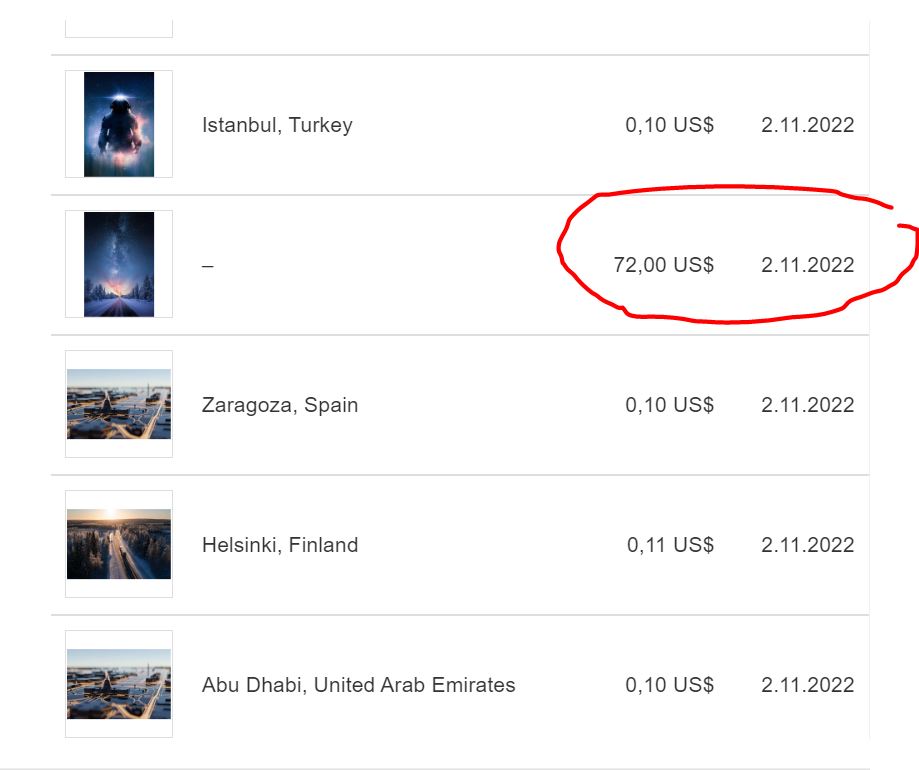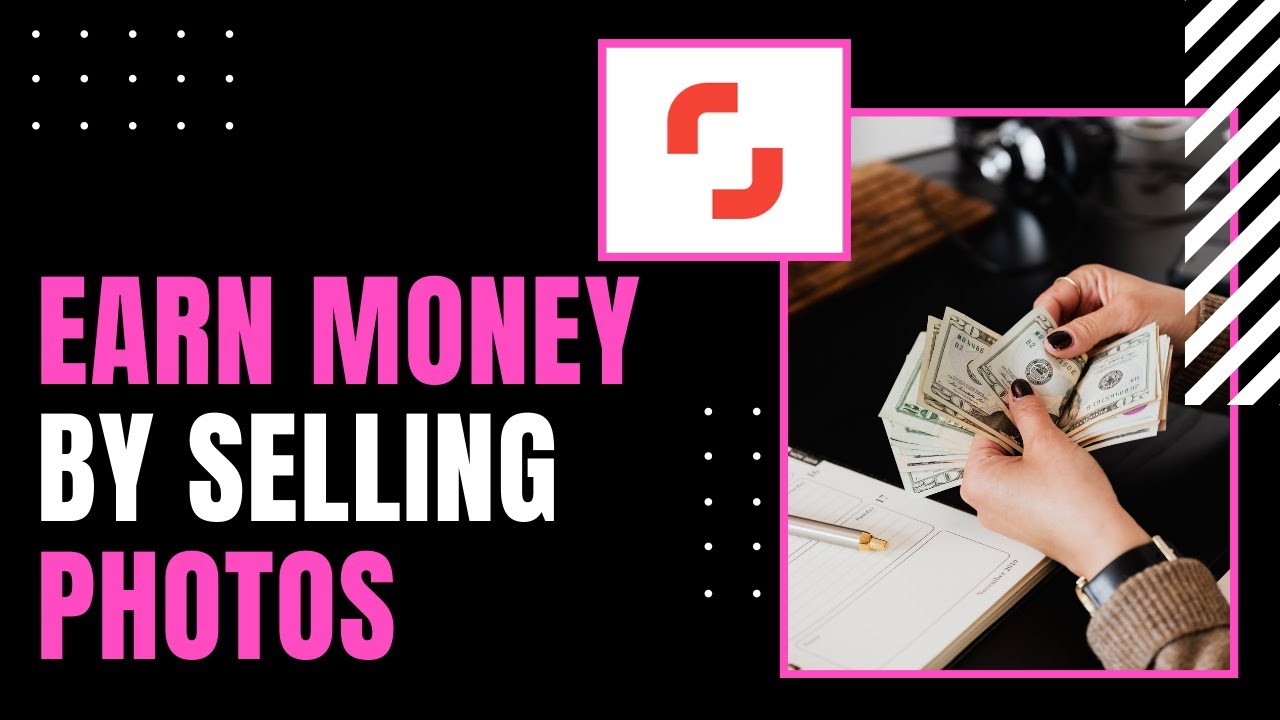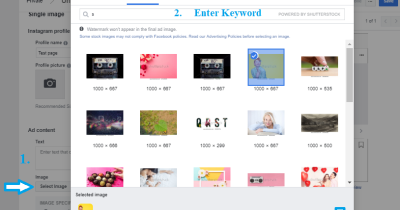Ever wondered how many photos you need to upload to Shutterstock to make a cool $1,000? If you’re diving into stock photography, it can seem a bit overwhelming figuring out the numbers. The good news is, with some understanding of how Shutterstock pays and what it takes to sell, you can set realistic goals and plan your uploads accordingly. Whether you’re just starting out or looking to boost your current earnings, knowing the ins and outs of the platform helps you make smarter choices and stay motivated on your photography journey.
Understanding Shutterstock’s Licensing and Payment Structure

To figure out how many photos you need to sell to earn $1,000, you first need to understand how Shutterstock‘s licensing and payment system works. Shutterstock offers different licensing options—Standard and Enhanced—that determine how your photos can be used and how much you earn per download.
Here’s a quick breakdown:
- Standard License: Suitable for most uses like websites, blogs, and social media. Payout per download typically ranges from $0.25 to $2.50, depending on your contributor level and the customer’s subscription plan.
- Enhanced License: Allows for broader usage, such as print runs or merchandise. These downloads earn you a higher payout, often between $10 and $50 or more per sale.
Shutterstock primarily operates on a subscription model, where customers buy plans that include a set number of downloads per month. Contributors earn a percentage based on their exclusive or non-exclusive status and their contributor level, which is determined by the number and quality of their sales over time.
Here’s how the payout structure generally works:
| Contributor Level | Download Volume | Percentage of Sale Earned |
|---|---|---|
| Standard | 0–50 downloads | 15% |
| Elite | 51–250 downloads | 30% |
| Exclusive | 251+ downloads | 35% or higher |
For example, if a subscriber downloads your photo under a subscription plan, you might earn around $0.25 to $0.50 per download at the beginner level, but this increases as you grow your portfolio and contributor level. If a customer buys an image through an on-demand purchase or an extended license, payout rates are generally higher.
Understanding these nuances is key. The more your photos are downloaded, especially as your contributor level increases, the closer you’ll get to earning that $1,000. Keep in mind, consistency and quality matter—more downloads mean more earnings, but high-quality, in-demand images make a big difference.
Average Earnings Per Photo on Shutterstock

When it comes to earning money on Shutterstock, one of the most common questions is, “How much can I actually make per photo?” The truth is, it varies quite a bit depending on several factors—like the type of photo, its popularity, and how often it’s downloaded. But to give you a ballpark figure, the average earnings per photo on Shutterstock hover around $0.25 to $0.50 per download.
Now, that might not sound like a lot at first glance. But remember, this is an average—some photos might earn a few cents, while others, especially trending or highly sought-after images, can earn several dollars per download. For example, a popular image in a trending niche might fetch $2 to $3 per download, while a more niche or less popular photo might only earn a few cents per download.
Another important thing to consider is the earning structure. Shutterstock operates on a model where contributors earn a percentage of the sale price, which depends on your exclusive status and the type of license purchased—standard or enhanced. Typically, for standard licenses, contributors earn about 20-30%, and for enhanced licenses, that percentage can be higher.
So, if you’re just starting out, it’s safe to assume that your average earnings per photo will be on the lower end of the spectrum—around $0.25 to $0.50 per download. As you build your portfolio and gain more visibility, some of your images might start earning more, especially if they become popular or are featured in trending categories.
Estimating the Number of Photos Required to Make $1,000

Now that we have a rough idea of how much you might earn per photo, let’s do a quick calculation to figure out how many photos you’ll need to upload and have downloaded to reach that $1,000 milestone.
Assuming an average earning of $0.50 per photo, here’s what the math looks like:
| Average earnings per download | Number of downloads needed to reach $1,000 |
|---|---|
| $0.50 | 2,000 downloads |
Similarly, if your average earnings are on the lower side, say $0.25 per download, you’ll need:
| Average earnings per download | Number of downloads needed to reach $1,000 |
|---|---|
| $0.25 | 4,000 downloads |
But here’s the thing—your total income depends not just on how many photos you upload, but also on how many of those photos get downloaded. If you upload 100 photos, and each gets 20 downloads at an average of $0.50, you’d make:
- 100 photos x 20 downloads each = 2,000 downloads
- 2,000 downloads x $0.50 = $1,000
So, to hit that $1,000 mark, you might need to upload a handful of high-quality, in-demand images and promote your portfolio a bit to boost visibility. Remember, consistency is key—more uploads generally mean more chances for downloads, which can accelerate your earnings.
Finally, keep in mind that Shutterstock’s royalty rates can vary, and your earnings per photo might fluctuate based on the licensing type and your contributor level. But with a solid strategy, patience, and a good eye for market trends, reaching that $1,000 goal is definitely within reach!
Factors That Influence Your Earnings on Shutterstock

When it comes to earning money on Shutterstock, there’s no one-size-fits-all answer. Your income depends on a mix of different factors, and understanding these can help you optimize your efforts. Let’s break down the main elements that can influence how much you earn from your photos.
1. Image Quality and Appeal: The first impression matters a lot. High-resolution, well-composed, and relevant images tend to sell better. Shutterstock’s reviewers look for photos that are sharp, properly exposed, and free of noise or distracting elements. Think about what buyers are searching for—crisp, professional-looking photos that match current trends or needs.
2. Keywording and Metadata: Even the best photo won’t sell if no one can find it. Accurate and descriptive keywords help your images show up in search results. Use relevant terms, avoid overstuffing, and think like a buyer—what words would they use to find your photo? Proper metadata can significantly boost your visibility and sales.
3. Image Category and Trends: Some categories tend to sell more than others. For example, business, technology, health, and lifestyle images are often in high demand. Keeping an eye on current trends can also give you an edge—photos that align with popular themes or seasonal events often see increased sales.
4. Licensing Type: Shutterstock offers different licensing options—standard and enhanced. Standard licenses are more affordable for buyers and usually generate less revenue per sale, but they might sell more often. Enhanced licenses are pricier and typically bring in more money per download. Understanding how your images are licensed can influence your overall earnings.
5. Contributor Level and Portfolio Size: Shutterstock rewards consistency. As you contribute more high-quality images, you can move up contributor levels, which sometimes unlocks higher earning rates or special bonuses. Building a large, diverse portfolio also increases the chances of making more sales.
6. Customer Demand and Market Saturation: If your niche is highly competitive or saturated, it might be harder to stand out. Conversely, focusing on less crowded categories or unique perspectives can help your images get noticed and purchased more often.
By understanding these factors, you can make smarter decisions about what to upload, how to optimize your images, and where to focus your efforts to maximize your earnings on Shutterstock.
Tips to Increase Your Photo Sales and Earnings
Looking to boost your Shutterstock income? It’s all about strategic effort and continuous improvement. Here are some practical tips to help you get more sales and earn your way toward that $1,000 milestone:
- Focus on Quality Over Quantity: Upload fewer, but better, images. Make sure each photo is sharp, well-lit, and professionally composed. High-quality images are more likely to be accepted and purchased.
- Use Effective Keywords: Spend time researching and adding relevant keywords to your images. Use a mix of broad and specific terms, and think about what buyers might search for. The right keywords can dramatically increase your discoverability.
- Stay Current with Trends: Keep an eye on popular themes, seasonal events, and emerging topics. Creating images that match current demands can lead to more sales. For example, during holiday seasons, festive images tend to sell well.
- Diversify Your Portfolio: Don’t put all your eggs in one basket. Upload images across various categories and styles to reach different audiences. A diverse portfolio increases the chances of your photos being purchased.
- Consistent Uploads: Regularly adding new images keeps your portfolio active and fresh. Shutterstock’s algorithm favors contributors who are consistent, which can lead to increased visibility.
- Engage with the Shutterstock Community: Participate in forums, read contributor tips, and learn from others. Sharing experiences and best practices can provide valuable insights to improve your sales strategies.
- Optimize for Mobile and Different Devices: Ensure your images look good on various screens and devices. Buyers often browse on mobile, so consider how your photos appear on smaller screens.
- Monitor Your Performance: Use Shutterstock’s analytics tools to see which images sell best, what keywords perform well, and where you can improve. Data-driven decisions help you focus your efforts effectively.
Remember, increasing your earnings on Shutterstock isn’t an overnight process. Consistency, quality, and strategic planning are your best tools. Keep learning, experimenting, and refining your approach, and you’ll be well on your way to hitting that $1,000 mark—and beyond!
Conclusion
Reaching a $1,000 income on Shutterstock depends on several factors, including the quality and uniqueness of your photos, your portfolio size, and your ability to target high-demand niches. Typically, earning this amount requires selling a substantial number of images, especially if your average royalty per photo is around $0.25 to $0.50. For example, with an average earning of $0.50 per sale, you would need approximately 2,000 sales to reach $1,000. Building a diverse and high-quality portfolio, optimizing your keywords, and consistently uploading new content can significantly improve your sales performance. Remember, success on Shutterstock is often a marathon, not a sprint—patience, persistence, and continuous improvement are key. While the exact number of photos varies based on the factors mentioned, aiming for a portfolio of at least 100 to 200 high-quality images can set a solid foundation for reaching your earning goals over time. Ultimately, understanding market trends and focusing on popular, evergreen themes can boost your chances of achieving a steady income stream from your photography. Keep refining your skills, stay consistent, and monitor your performance to optimize your earnings journey on Shutterstock.


